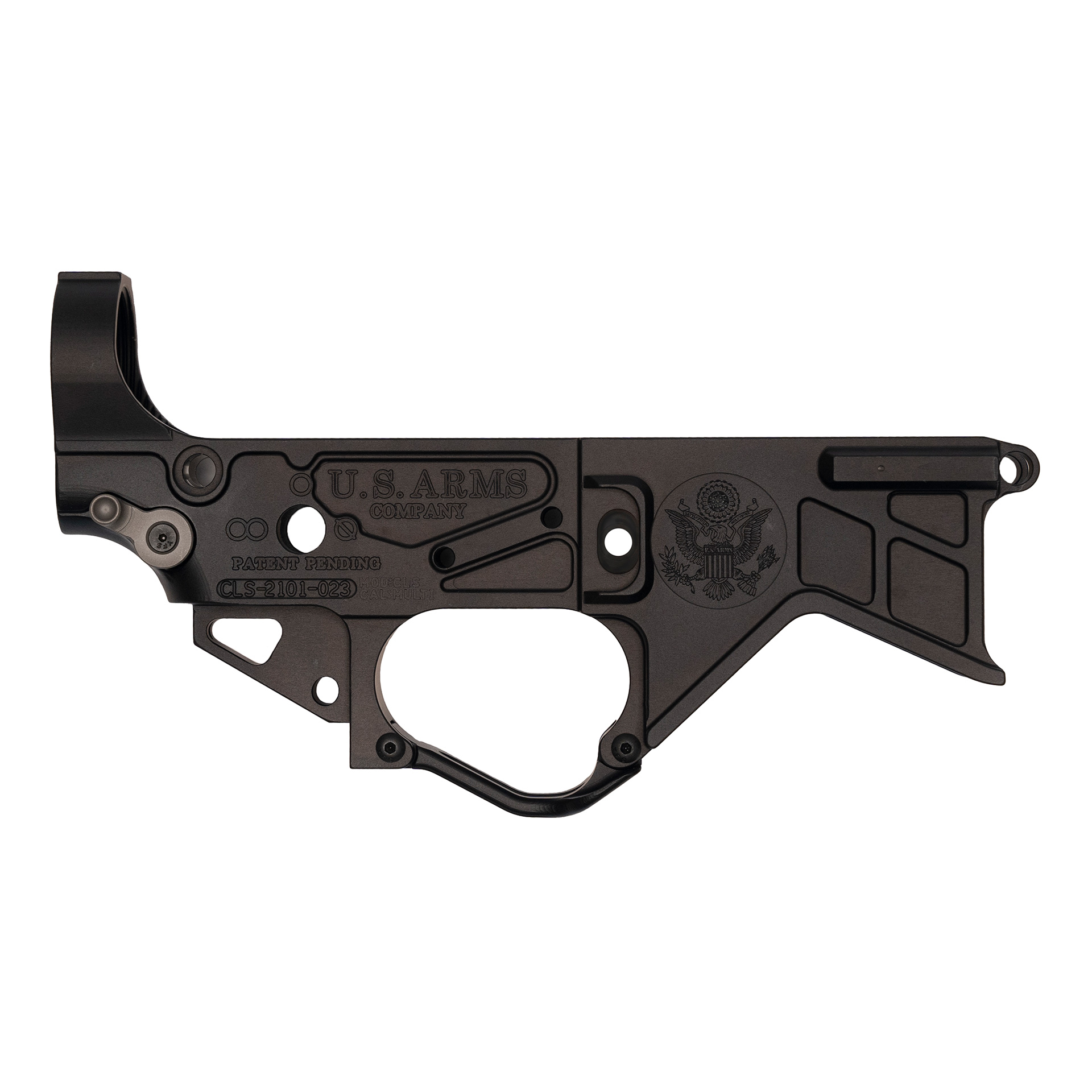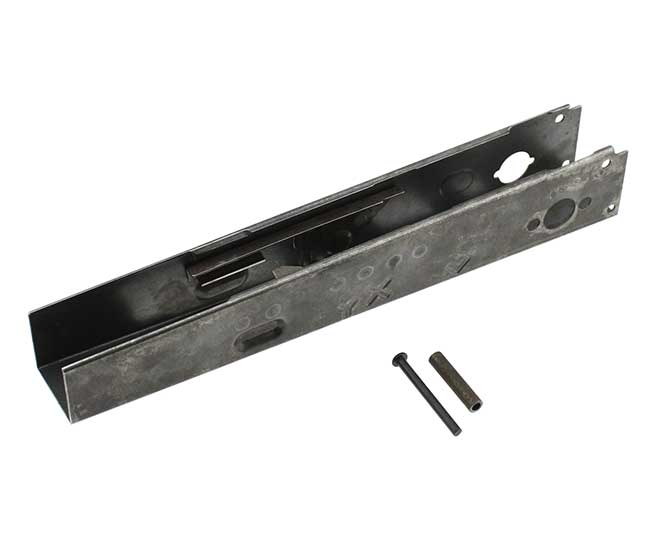It’s a pretty low rate of fire compared to an actual automatic rifle. And using a bump stock is also technically one shot per trigger pull, which is the reason for the ruling. A true automatic weapon fires multiple shots for single trigger pull. A bump stock is still one shot per trigger pull. The device just allows you to cycle the trigger fairly quickly.
Every automatic weapon has a single part that is the “weapon”, which is the part that gets the serial number and is the part that is NFA registered. Typically, that part is the “receiver”, which is the part that everything else attaches to. For something like an AK-47, the “receiver” is pretty obvious. It’s also basically a square U-shaped piece of sheet metal, so it’s nothing fancy. For an AR-15, which part needs to get the serial number is a little more difficult, because the AR platform has a two-part receiver (upper and lower). The ATF chose to use the lower receiver in that case.
Using the lower receiver on an AR made a lot of sense back when the AR was first created. But the lower receiver is just the part that the trigger group and the buffer tube for the stock attach to. It’s not under much mechanical stress when the weapon is fired. This means that you can 3-D print a perfectly usable AR lower receiver.
The AR isn’t the only weapon that you can easily make a working copy of at home. The AK-47 receiver is literally just a piece of bent sheet metal. That was the entire point of its design, to be easily built using low-cost and low quality tools. They had a lot of issues getting that to work, so early AKs ended up using a milled receiver, but the point is that the build issues have been pretty well sorted out by now and you can easily make an AK receiver with just some sheet metal and some basic metal-working tools.
As for auto-sears or conversion devices (the part that @Chronos is referring to), those are indeed NFA regulated parts, and the auto-sear or conversion device itself is considered the “weapon”. It is perfectly legal for you to put an NFA registered auto-sear into a semi-auto AR-15 (important note - the auto-sear or conversion device has to be NFA registered, the rest of the AR does not). You can also create your own auto-sear at home with some reasonable metal-working tools, but you have to register it per the NFA and pay the tax on it. And again, the NFA registry for transferable automatic weapons has been closed since 1986, so you can never transfer the auto-sear to anyone else. And if you don’t fill out all of the NFA paperwork and register the auto-sear, merely possessing it is a felony. You don’t even need to have it installed in a weapon. If it’s sitting in a box on a shelf in your garage all by itself, merely possessing a non-NFA registered auto-sear is a felony.
Two men, Kristopher Ervin and Matthew Hoover, were selling metal cards with a diagram on them. All you needed to do was use a Dremel or a jig saw to cut along the lines, and you could create a device that, when installed on an AR-15, would convert it into a fully automatic weapon. Even though the device was just a small piece of sheet metal with some lines drawn on it, the ATF ruled that the device was technically a machine gun conversion device. Both men were sentenced to 5 years in prison for selling unregistered machine gun conversion devices. The ATF takes conversion devices very seriously, even if they are literally just a roughly credit-card sized piece of sheet metal with some lines drawn on it.
Similarly, 3-D printing an AR lower receiver, or bending a piece of sheet metal to make it into a functional AK receiver, and failing to NFA register the device with the ATF, is a felony. The popular term for these devices is “ghost guns”. This gets into some murky areas of the law, since manufacturing your own non-transferable weapon for your own use has always been legal. There have been a lot of recent laws passed to target ghost guns, though in reality they aren’t the huge problem that some folks make them out to be. The number of ghost guns used in crimes is actually quite low.
All of the other parts of a gun are not required to be registered, and they are just considered “parts”. You can buy an AR upper receiver, barrel, stock, trigger group, buffer, etc. These parts are not regulated and anyone can buy them. It’s only the lower receiver that is regulated. Similarly, you can buy parts kits for the AK-47 and many other Soviet, Chinese, and other foreign manufactured weapons. It’s not just AR weapons that are regulated. The AR platform is by far the most popular, and has the most variations of accessories and parts available. That’s why ARs are always in the news, the criminal happened to be using the most popular rifle platform out there, not because it’s some super-powerful military weapon (it isn’t), but just because it’s the most popular and customizable. But ARs are not alone. You can buy parts and kits for just about every weapon out there.
An AR-15 lower receiver (perfectly legal to buy the semi-auto version, full auto version required to be NFA registered):

AK-47 receiver


